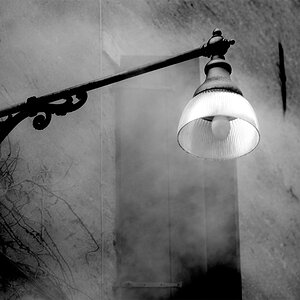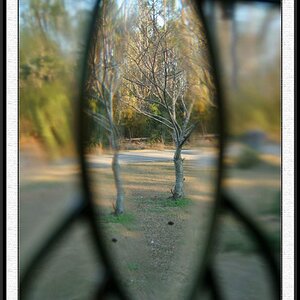Wandering Man
TPF Noob!
- Joined
- Jun 14, 2015
- Messages
- 9
- Reaction score
- 2
- Location
- Victoria, Texas
- Can others edit my Photos
- Photos OK to edit
I put my Minolta X700 to rest sometime in the 90's, when I could no longer buy or develop film in my small town. Back then, I avoided the P setting and got along well.
Now, close to 20 years later, I've bought my first DSLR (Nikon D5500). After a couple of weeks, I've decided to wean myself off the P setting.
I've forgotten a lot, but it is coming back. ISO is a a strange new world for me: You don't buy film?
Anyway, I was getting ready to take a low light photo the other evening, and setting the f-stop and shutter speed. I checked the meter and saw I would need the flash.
I drew a blank. How shutter speed needs to be at 60 to sync with the flash, but how do you determine the aperture?
I puzzled on that for a long time before I remembered that my flash had a chart that gave recommendations based on distance, ISO.
So, until I can afford to add an external flash, is there a way to compute settings with a pop up flash?
Are we still restricted to 1/60 shutter speed?
Now, close to 20 years later, I've bought my first DSLR (Nikon D5500). After a couple of weeks, I've decided to wean myself off the P setting.
I've forgotten a lot, but it is coming back. ISO is a a strange new world for me: You don't buy film?
Anyway, I was getting ready to take a low light photo the other evening, and setting the f-stop and shutter speed. I checked the meter and saw I would need the flash.
I drew a blank. How shutter speed needs to be at 60 to sync with the flash, but how do you determine the aperture?
I puzzled on that for a long time before I remembered that my flash had a chart that gave recommendations based on distance, ISO.
So, until I can afford to add an external flash, is there a way to compute settings with a pop up flash?
Are we still restricted to 1/60 shutter speed?


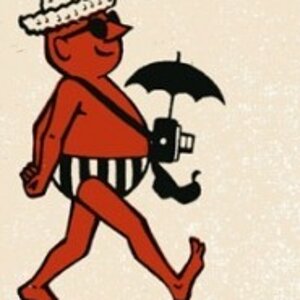
![[No title]](/data/xfmg/thumbnail/34/34083-76406a409bc520ead3cc11af09ebd257.jpg?1619736269)
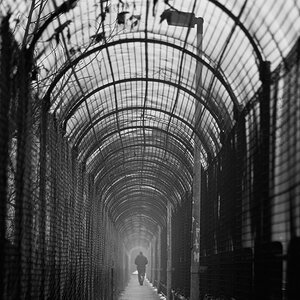
![[No title]](/data/xfmg/thumbnail/39/39289-c5ea6a611707fdd5786347f4a67d63ae.jpg?1619738957)
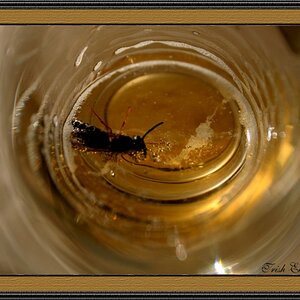
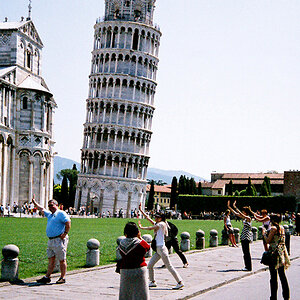
![[No title]](/data/xfmg/thumbnail/39/39288-2d76486ccc9042c6fb525aaaaffff1fb.jpg?1619738957)

![[No title]](/data/xfmg/thumbnail/39/39290-dfb3e819bd94a7f30797638ae1ae27cf.jpg?1619738958)
![[No title]](/data/xfmg/thumbnail/34/34137-37e6e29a844c1214e5b14ce322c7b716.jpg?1619736309)
